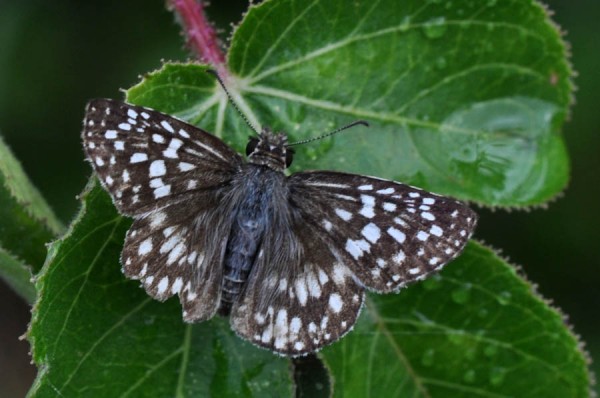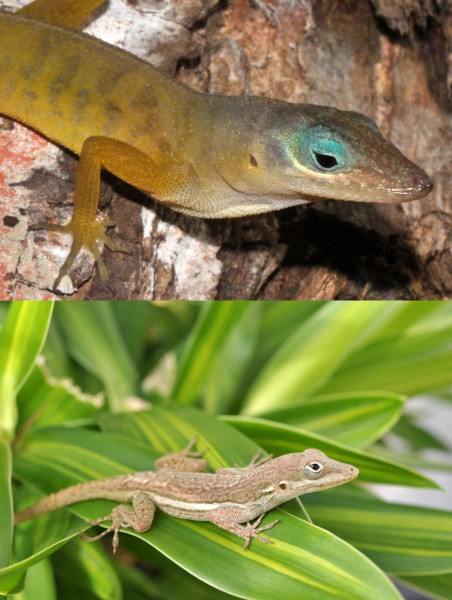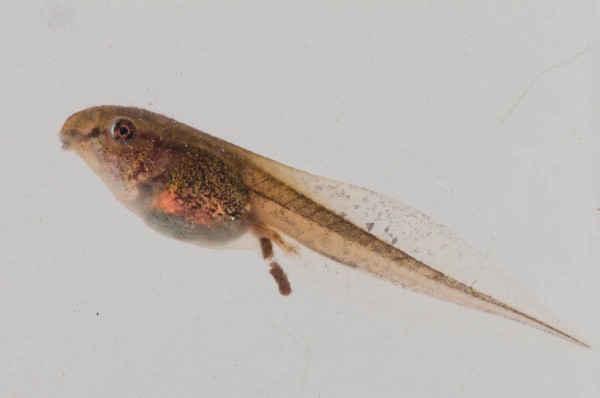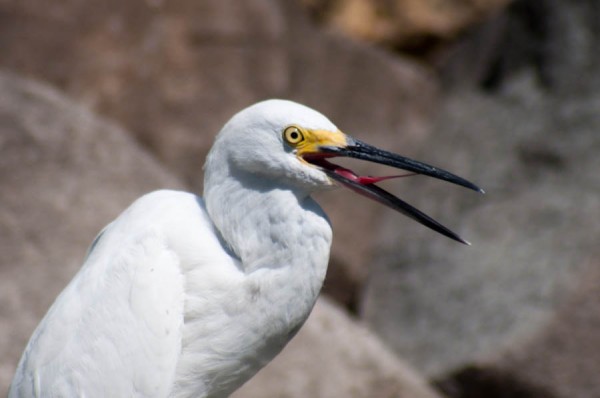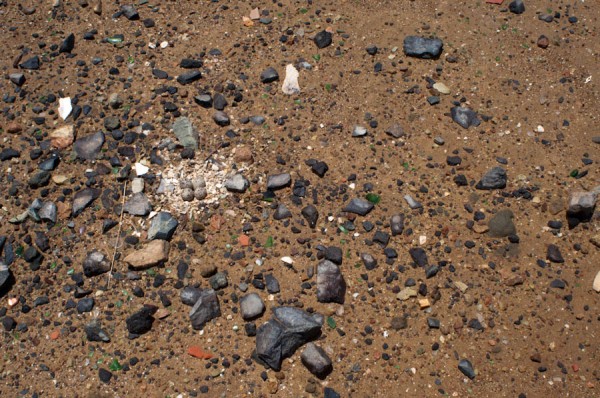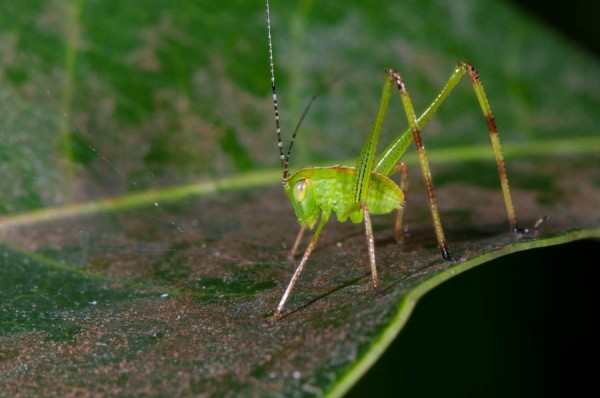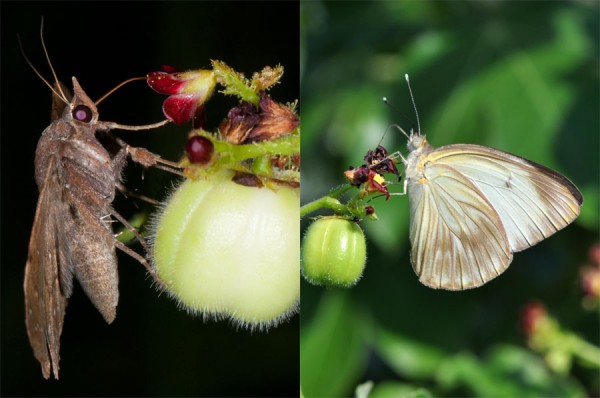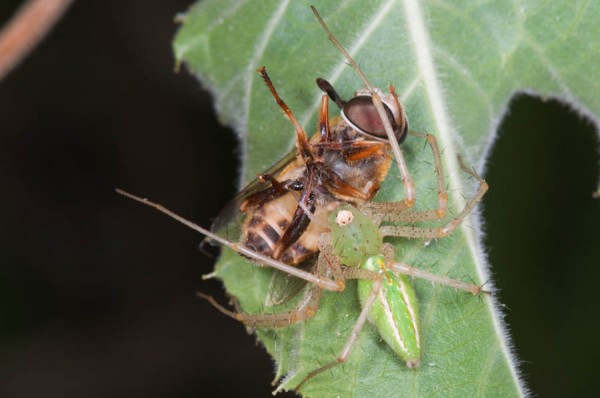Goats and Fences
Several years ago, I was hiking the hills behind Grand Case when I noticed a young goat caught with its head stuck in a wire fence (1st photo). It had stuck its head through to eat something, but couldn’t get out because of its horns. Although it was very afraid by my approach, I was able to free the young […]

